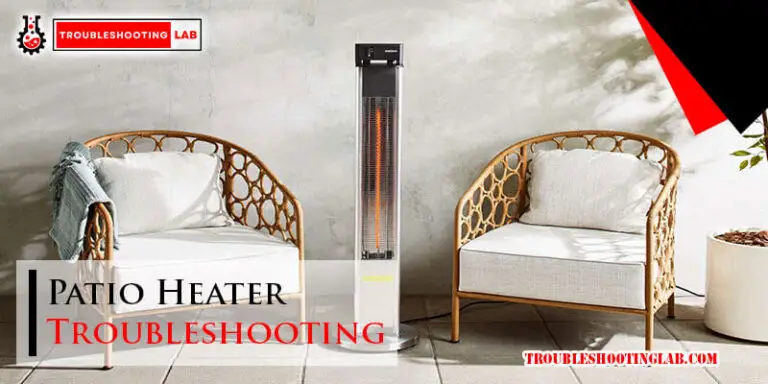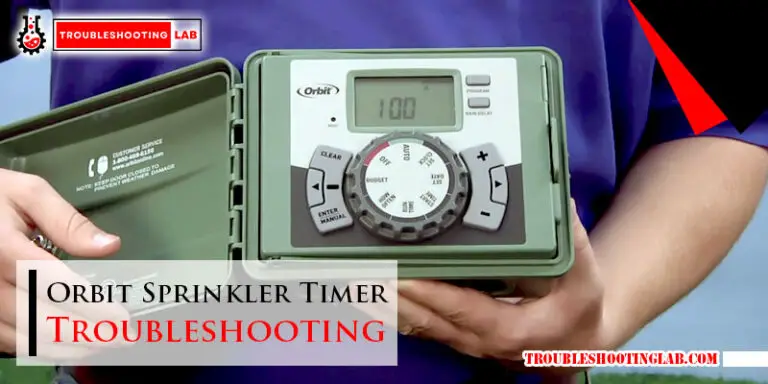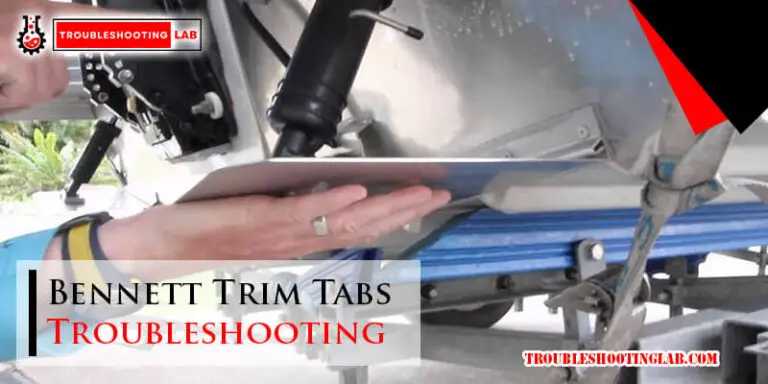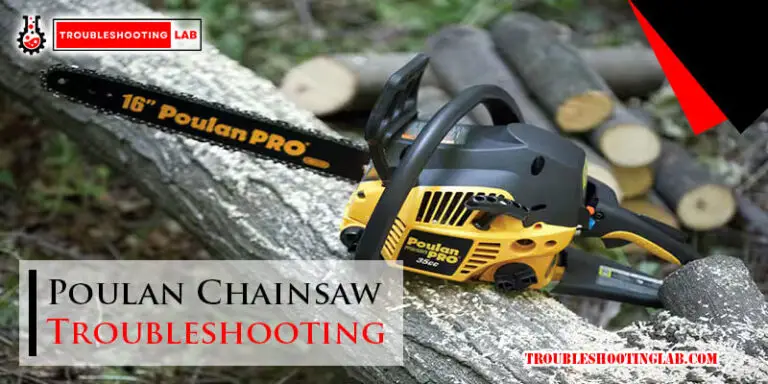Polaris 360 Troubleshooting: Quick Fixes for Common Issues
Facing issues with your Polaris 360 pool cleaner? You’re not alone.
Troubleshooting common problems can save time and money. The Polaris 360 is a popular choice for pool owners. It keeps pools clean and sparkling. But like any machine, it can have issues. From clogged filters to broken belts, these problems can be frustrating.
Understanding how to troubleshoot your Polaris 360 can help keep your pool in top shape. This guide will walk you through common issues and their fixes. By the end, you’ll be ready to tackle any problem head-on. Let’s dive in and get your Polaris 360 back to work.
Introduction To Polaris 360
The Polaris 360 is a popular pool cleaner known for its efficiency and reliability. It helps keep pools clean with minimal effort. Many pool owners trust this device for maintaining their pools. Understanding its features and uses can help you get the best out of it.
Key Features
The Polaris 360 operates without a booster pump. This makes it energy efficient. It has a powerful vacuum that picks up large debris. The cleaner works in all pool types, including vinyl, fiberglass, and concrete. It comes with a filter bag that traps dirt before it reaches your pump basket. The bag is easy to remove and clean. The Polaris 360 also has an in-line back-up valve. This helps it stay on track even if it gets stuck. The cleaner is designed for ease of use and durability.
Common Uses
Pool owners use the Polaris 360 to maintain clean pool water. It effectively removes leaves, pebbles, and other debris. This cleaner is perfect for regular pool upkeep. It’s also useful for prepping pools for parties or special events. Owners find it handy during the fall when leaves are abundant. In short, the Polaris 360 serves as an essential tool for pool maintenance.
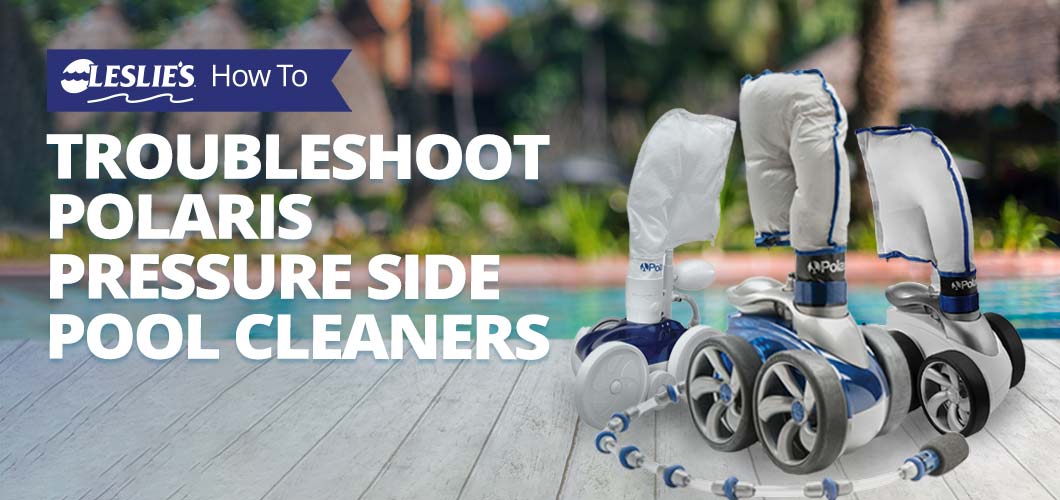
Credit: lesliespool.com
Identifying Common Problems
Polaris 360 pool cleaners are renowned for their efficiency and reliability. But even the best devices can encounter issues. Identifying common problems early can help maintain optimal performance. Here we focus on two frequent issues: suction and movement problems.
Suction Issues
Suction issues can significantly affect the Polaris 360’s cleaning ability. If your pool cleaner is not picking up debris, it might be due to the following reasons:
- Clogged Filter Screen: A clogged filter screen restricts water flow. Clean the screen regularly to maintain proper suction.
- Blocked Hose: Debris can block the hose, reducing suction power. Disconnect and inspect the hose for blockages.
- Worn Out Diaphragm: The diaphragm may wear out over time. Replace it if it shows signs of damage.
| Problem | Solution |
|---|---|
| Clogged Filter Screen | Clean the filter screen |
| Blocked Hose | Inspect and clear the hose |
| Worn Out Diaphragm | Replace the diaphragm |
Movement Problems
Movement problems can hamper the Polaris 360’s ability to navigate the pool. Here are some common issues and their solutions:
- Wheel Bearings: Worn wheel bearings can hinder movement. Check and replace the bearings if necessary.
- Drive Belt: A broken or loose drive belt affects the cleaner’s movement. Replace or tighten the belt as needed.
- Water Pressure: Inadequate water pressure can cause the cleaner to move slowly. Ensure the pressure is within the recommended range.
- Check the wheel bearings for wear and tear.
- Inspect the drive belt for proper tension.
- Verify the water pressure and adjust it accordingly.
Tools And Materials Needed
Fixing your Polaris 360 pool cleaner can seem daunting. Having the right tools and materials makes the job easier. Below, you will find a list of what you need for basic troubleshooting and replacement parts.
Basic Tools
- Screwdriver set – A set with both flathead and Phillips will be useful.
- Adjustable wrench – This helps with loosening or tightening nuts and bolts.
- Pliers – Needle-nose pliers are good for tight spaces.
- Waterproof silicone lubricant – Keeps the O-rings and seals in good condition.
- Brush – A small brush helps clean debris from parts.
Replacement Parts
Sometimes, you need to replace worn-out parts. Here are some common parts you may need:
| Part | Description |
|---|---|
| Hose | Check for leaks and replace if needed. |
| Wheels | Ensure they move freely and are not worn out. |
| Filter bag | Replace if torn or too dirty to clean. |
| O-rings | Replace if cracked or damaged. |
| Vacuum tube | Replace if clogged or damaged. |
Having these tools and parts on hand will make troubleshooting your Polaris 360 easier. It saves time and effort. Keep your pool cleaner in top shape for a sparkling clean pool.
Fixing Suction Problems
Is your Polaris 360 not sucking up debris effectively? Suction issues can frustrate many pool owners. Addressing these problems ensures your pool stays clean and clear. Let’s explore how to fix common suction issues by inspecting hoses and checking filters.
Inspecting Hoses
Hoses play a crucial role in the Polaris 360’s suction. Start by examining each hose for any signs of wear or damage. Here are some steps to follow:
- Check for visible cracks or splits in the hoses.
- Ensure all hose connections are tight.
- Look for kinks or bends that might restrict water flow.
Replace any damaged hoses immediately to restore proper suction.
Checking Filters
Filters are essential for maintaining strong suction in your Polaris 360. Over time, they can become clogged with debris, reducing efficiency. Follow these steps to check and clean your filters:
- Turn off your pool’s pump before inspecting the filter.
- Remove the filter and examine it for dirt and debris.
- Rinse the filter thoroughly with a hose to remove clogs.
- Reinstall the clean filter and turn the pump back on.
Regular filter maintenance ensures your Polaris 360 operates at peak performance. Keeping filters clean prevents suction problems and prolongs the life of your pool cleaner.
Resolving Movement Issues
Having issues with your Polaris 360 not moving properly? Resolving movement issues can be straightforward with the right steps. Often, the problem lies in the wheels or debris blockages. These can prevent your pool cleaner from functioning correctly. Let’s dive into solving these common issues.
Wheel Troubles
The wheels are crucial for your Polaris 360’s movement. First, check if the wheels are turning freely. Sometimes, they might get stuck. In this case, inspect for any visible obstructions. Debris or tangled cords can stop the wheels from rotating. Clean any blockages you find. Ensure the wheels are securely attached and not loose. Loose wheels can hinder movement. Tighten them if necessary.
Debris Blockages
Debris blockages can significantly affect the Polaris 360’s performance. Check the filter bag first. If it is full, the cleaner won’t move efficiently. Empty the filter bag regularly to maintain optimal performance. Inspect the intake throat for any debris. Sometimes, small objects get lodged here. Use a soft brush to remove any blockages. This will help the cleaner move more freely.
Addressing Water Flow Concerns
Proper water flow is essential for the Polaris 360 to work well. If water flow is disrupted, the cleaner may not perform as expected. Let’s explore some common issues and solutions.
Pump Inspection
First, check your pump. Ensure the pump is working correctly. If the pump is not running, the Polaris 360 won’t get enough water. Look for any signs of wear or damage. A noisy pump might indicate a problem. Clean any debris from the pump basket. This can improve water flow.
Valve Adjustments
Next, inspect the valves. Check if they are properly adjusted. Incorrect valve settings can affect water flow. Adjust the valves to the recommended settings. This can improve performance. Ensure the return lines are clear. Blocked lines can reduce water flow.
Dealing With Noisy Operation
Is your Polaris 360 making unusual noises? Addressing noisy operation is key to maintaining your pool cleaner’s efficiency. Noisy operation can stem from a variety of issues. This section will help you pinpoint and resolve these problems.
Loose Parts
Loose parts can cause significant noise in your Polaris 360. Check all components and tighten any loose screws or connections. A loose part can cause vibrations and rattling sounds. Inspect the cleaner’s wheels, jets, and other attachments. Ensure everything is securely fastened. Using a small wrench or screwdriver might be necessary.
Worn Bearings
Worn bearings are another common cause of noise. Bearings help the wheels and other moving parts operate smoothly. Over time, they can wear out and create friction, resulting in noise. Inspect the bearings for signs of wear or damage. Replacing worn bearings can dramatically reduce noise. Refer to the user manual for guidance on this task.
| Issue | Solution |
|---|---|
| Loose Parts | Tighten screws and connections |
| Worn Bearings | Inspect and replace bearings |
By addressing these common issues, you can ensure smooth and quiet operation of your Polaris 360. Regular maintenance and timely repairs will keep your pool cleaner running efficiently.

Credit: www.youtube.com
Regular Maintenance Tips
Regular maintenance is essential for keeping your Polaris 360 running smoothly. By following a few simple tips, you can extend its life and ensure optimal performance. This section covers key maintenance activities, including a cleaning schedule and routine inspections.
Cleaning Schedule
Maintaining a regular cleaning schedule helps prevent debris buildup. A clean Polaris 360 works more efficiently and has fewer issues.
- Daily: Check and empty the debris bag.
- Weekly: Rinse the filter screen with a garden hose.
- Monthly: Inspect the entire cleaner for any stuck debris.
Keeping a consistent cleaning routine ensures your cleaner operates at peak performance.
Routine Inspections
Conducting routine inspections can help identify potential problems early. This proactive approach can save time and money.
- Check Hoses: Ensure all hoses are free from leaks and kinks.
- Examine Wheels: Make sure the wheels spin freely and are not worn out.
- Inspect the Swivel: Confirm the swivel mechanism moves smoothly to prevent tangling.
- Look for Wear: Check the sweep hose for wear and tear.
Regular inspections can prevent minor issues from becoming major problems.
When To Seek Professional Help
When the Polaris 360 pool cleaner stops working correctly, it can be frustrating. While some issues can be fixed with basic troubleshooting, there are times when seeking professional help is necessary. Knowing when to call a professional can save time, money, and prevent further damage to your pool cleaner.
Persistent Issues
If your Polaris 360 experiences persistent issues that basic troubleshooting cannot resolve, it’s time to contact a professional. Common persistent problems include:
- The cleaner not moving or getting stuck often.
- Weak or no suction, even after cleaning the filter and hoses.
- Unusual noises or vibrations during operation.
These issues may indicate internal problems that require specialized knowledge to fix. A professional can diagnose and address these issues effectively.
Warranty Considerations
The warranty on your Polaris 360 can be voided if you attempt repairs yourself. It’s important to understand the terms of your warranty:
| Action | Warranty Impact |
|---|---|
| Self-repair | May void warranty |
| Professional repair | Maintains warranty |
Always check the warranty details before attempting any repairs. In most cases, professional repairs ensure the warranty remains valid.

Credit: www.reddit.com
Frequently Asked Questions
How To Fix Polaris 360 Not Moving?
Check the hose for blockages. Ensure proper water pressure. Inspect the wheels and belts for damage.
Why Is My Polaris 360 Floating?
Check the float’s position. Make sure the backup valve isn’t stuck. Ensure hoses are not tangled.
What Causes Polaris 360 To Stop Randomly?
Inspect for debris in the filter bag. Check hose connections. Confirm sufficient water flow.
How Do I Clean Polaris 360 Filter Bag?
Remove the filter bag. Rinse it with water. Let it dry completely before reattaching.
Why Is Polaris 360 Not Climbing Walls?
Ensure proper water pressure. Adjust the float. Check for obstructions in the wheels or gears.
Conclusion
Troubleshooting your Polaris 360 can be straightforward with the right steps. Always check the basics first. Inspect hoses, connections, and filters. Clean and clear any debris. Regular maintenance keeps your pool cleaner working well. Understand common issues to save time and money.
Address problems quickly to extend the life of your Polaris 360. Happy swimming!


